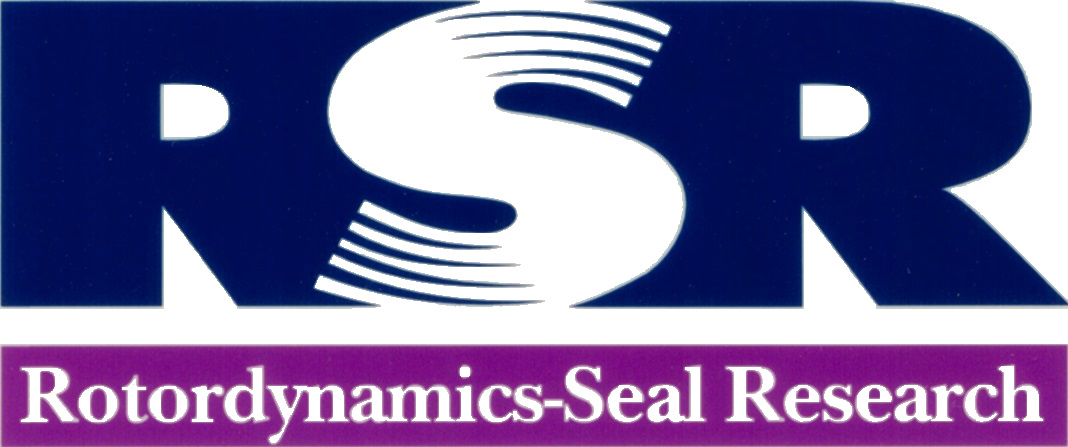Transfer Matrix Rotordynamics Analysis
Capabilities
RAPPID™ transfer matrix rotordynamics analysis software can model a single line of elements (i.e., rotor to ground) consisting of two concentric beams for a variety of analyses, including:
- Undamped critical speeds and mode shapes
- Damped critical speeds and mode shapes
- Synchronous and asynchronous forced response
- Lateral and torsional analysis
Advanced Features
RAPPID™ transfer matrix rotordynamics analysis software is up to 100 times faster than FEA based codes and no less accurate. Advanced modelling features are available including:
- Unlimited number of interconnections and stations in rotor model
- Up to 24 rotordynamic coefficients for each interconnection (12 lateral, 12 moment)
- Utilizes polynomial solution method, never misses modes
- Direct inclusion of housing transfer function (rap test data)
- Analysis may be function of any system parameter that affects rotordynamic coefficients
- Direct inclusion of housing transfer function (rap test data)
- Forcing functions may be defined with constant or frequency squared magnitudes
Postprocessing
RAPPID™ transfer matrix rotordynamics analysis software has unique postprocessing capabilities, including:
- Automatic generation of geometry plot with only user selected nodes and load paths
- Natural Frequency Map, Stability Map, Root Locus Plot, and 3-D Mode Shapes
- Rotor modes are automatically sorted and labeled along with user defined operating range
- User defined harmoic lines are displayed and interferences automatically labeled
- Mode Shape plots with natural frequency, synchronous critical speed(s), stability parameter, and whirl direction
- Rotor Displacements, Dynamic Loads, and Response Shapes.
- Response plots are created in fixed X-Y and rotating Major/Minor coordinate systems
- Amplification factors (AF) automatically calculated
- AF displayed on X-Y response plots with corresponding peak frequency response
- User defined rub limits displayed on Major/Minor response plots
- Separation margins relative to a user defined operating range are automatically displayed
- Plot responses from different rotor stations and/or different analysis runs on same plot
- Animation program included to illustrate rotor modes amd response shapes
